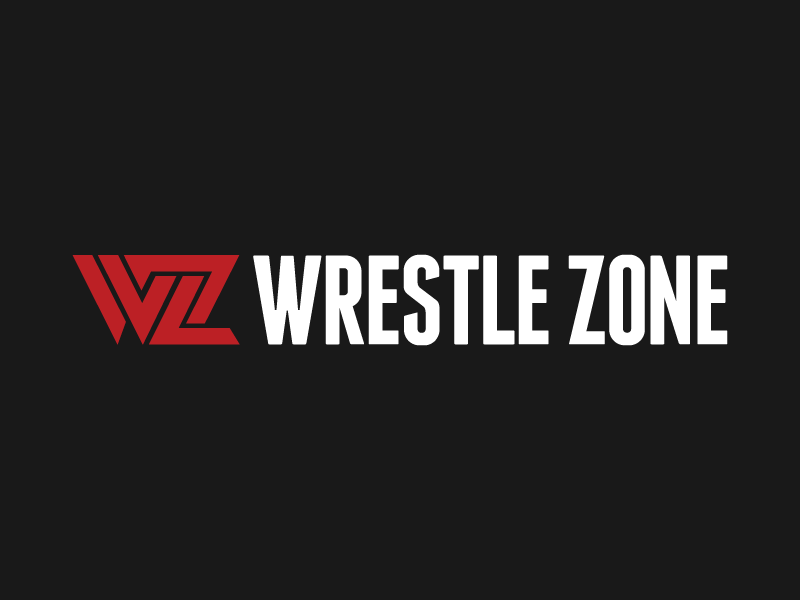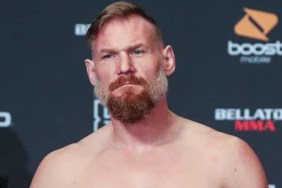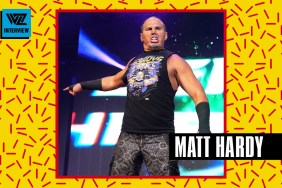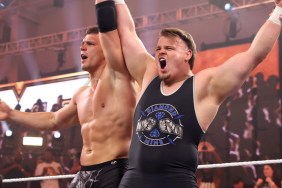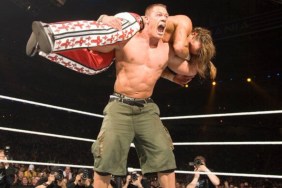Humans only use 10% of their brains. We can only hypothesize what the other nine tenths are used for; various theories and studies prove their own strange and obscure ideas. Telepathy and alternate personalities are all possibilities, however the most plausible theory is that this void of thought isn’t void at all, but instead perpetually processing the unseen goings on that we encounter on an everyday basis. We have no idea that this is going on, yet it’s assumed that these processes affect how we act and what we perceive. For instance, no one has every explicitly given you a list of what is right and wrong, yet the vast majority of people share the same morals. The bulk of what we learn isn’t out of books but through memory bites we acquire unknowingly all the time.
Wrestling is built on the simple foundation of good versus evil, black and white with no grey area. This is usually put across straightforwardly; someone attacks another out of rage or jealousy, or interferes in someone’s moment of glory, no deeper meaning or ulterior motive. This quickly decides where the fans favour will lie, and makes for easy accessible viewing. Yet over the years it’s become all the rage to blur the line become hero and villain, making fans question a star’s affiliations and intents. Characters like Austin, The Rock, Sting, and Razor Ramon were always teetering on the edge of both, and the fans ate it up, and so the Anti-Hero was born.
Golden era wrestling throughout the 80s and the early 90s was so compelling because the classic American hero was faced with an insurmountable obstacle each month, and the fans at home were anxious to see how he was going to overcome it, because no matter what happened, no matter how monstrous the opponent was, one thing was for certain, good would always prevail. This simple justice and reassurance, which their reality was unable or unwilling to provide, could reel in all children, teenagers and parents. Gradually the hero devolved into the anti-hero and the way angles work shifted.
Anti-heroes thrive off authority, and make it their goal to demolish and devastate any symbols of it. The fans, wallowing in suburbia, see the anti-hero as the suppressed portion of their character they are afraid to unleash. Every time Austin gives Vince the finger so too does each fan do the same to their boss. So the good intentioned became the berated, and the unruly became the glorified, and so the struggle between good and evil was flipped.
For every shift there is an offset. The monumental shift from the classic struggle to the anti-hero is no exception. What used to be a childhood staple, something to aspire to and which bred wrestlers out of these dough-eyed children like Edge and The Rock, has since become a product deprived of its innocence and naivety. Previously, segments that included overt violence were censored, but similar are now glorified. The garish all ages product of yore, no longer exists and in it’s place a show that often oversteps the line. This wouldn’t be an issue if the audience didn’t remain of the same composition. Children still watch wrestling, drawn by the flamboyant characters and the glory of the fight, except the product is no longer the family-geared afternoon folly that once inspired a generation.
While the product develops, the audience remains the same, and this is causing unseen harms. Scrawny one-legged teens, Good-intentioned retards, and various other victimized runts have become commonplace in the modern WWE. Each of which at one stage or another has been mistreated to the point that in the real world someone committing a similar act would be arrested. Brock Lesnar not only annihilated a one-legged Zach Gowen (a man at least half his size) to the point of incapacitation in front of his own mother, but weeks later launched the same bandaged wheelchair-bound boy down stairs, celebrating maniacally showing no remorse.
Similarly, we’ve seen simple Eugene ganged up on by the four dominant members of Evolution; an episode that saw Eugene busted open and hospitalized. Also Billy Kidman made a gimmick out of giving stars the volatile shooting star press while they were strapped to a stretcher. Each example, a small glimpse of instances that would never have been seen in the 80s family product.
The most frightening trend, mostly due to its frequency, is the abuse of women. Constantly are women being slammed, struck and on the receiving end of other various forms of violence. If not physically abused, they are seen as mere complications or handicaps that are the undoing of stars and keeping them from reaching the heights they deserve to be at.
Granted, it’s only a television show and all these instances are fictitious, but to an audience can have undetectable effects. All collated and archived by that mysterious 90% of our brain that on the surface does nothing. In tandem with an immature audience, wrestling could be influencing our young generation without us even knowing it. Strolling along any suburban street or sitting in a playground, it’s impossible not to be stared at by the intense stares of Rey Mysterio or challenged by Triple H from the safety of a kid’s t-shirt, each shirt an example of the young contingent of the WWE’s fan base. A WWE that uses necrophilia as an angle.
Each time a woman gets hit by a heel, each time a handicapped character is victimized, a message is sent to the audience, that this sort of behaviour is somewhat acceptable. Intensified because of the blurred line between heel and face (the anti-hero) meaning no one truly knows whether to see it as a redeeming factor or something to despise. So this confusion sends a mixed message of what society sees as right and wrong. The only way to make sure these concepts come across as clear and unambiguous, is to make sure the line is drawn and that the act is clearly portrayed as non-positive. Otherwise subliminally the television is transferring to the innocent viewer a skewed idea of culture’s values and attitudes, after all, these days kids get the majority of what they learn about social life not from their parents but from the television. Besides, surely creative can invent equally as compelling storylines without using the crutch of shock value.
But as with all media formats, they’re essentially allowed to produce whatever they like within reason, and there’s no obligation to acknowledge who may be watching the show and how they are being affected by it. In fairness, the WWE is recommended for 15+ viewers and is preceded by graphic “Don’t Try This At Home” warnings. The truth is however, that this sort of objectionable angle is also leaving a bad aftertaste in the mouths of mature fans as well, because they know that it isn’t something that people should be presented with on such an internationally accessible level.
Prudish as it may sound, often the WWE does unseen damage with these sorts of storylines, instilling a wonky perception of reality to the viewer, and what society’s values are. Overall, the WWE is well behaved, being careful to stay within good taste, but it’s the isolated incidents intended to shock the system that cause the most damage. This sort of shock is echoed in all forms of media, be it music videos, movies, or television. The population is being inundated by subliminal assaults of slanted values, which through being undetectable and sheer numbers are becoming the norm. The WWE is only a single perpetrator, but does have a responsibility because it made it’s millions on the back of a family audience, which it is no longer entirely suitable. After all, wouldn’t it be nice to be able have blind faith in a childhood hero as we once did, or has the world simply got no room for such blissful ignorance?
I’m contemplating compiling my articles into a book cataloguing over two years of writing, along with background information on how they came about, writing tips, and other extra features. So I’d like to see if it would be well received if I did, so please if you have an opinion or feedback send it to TheButchershopcolumn@hotmail.com. All mail is appreciated and replied to.
Over and Out
The Butcher
– – – – – – – – – – – – – –
If you are interested in becoming a columnist or simply love reading wrestling columns and would like to interact with the Column Staff here at WrestleZone please check out the Columns Lounge. Simply click HERE and you can take part in the fun today.
